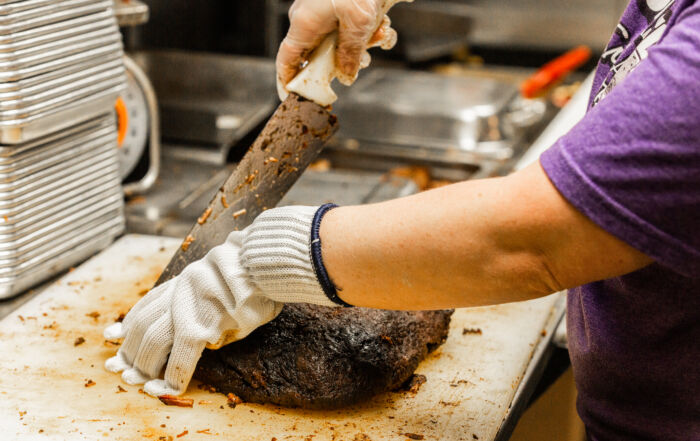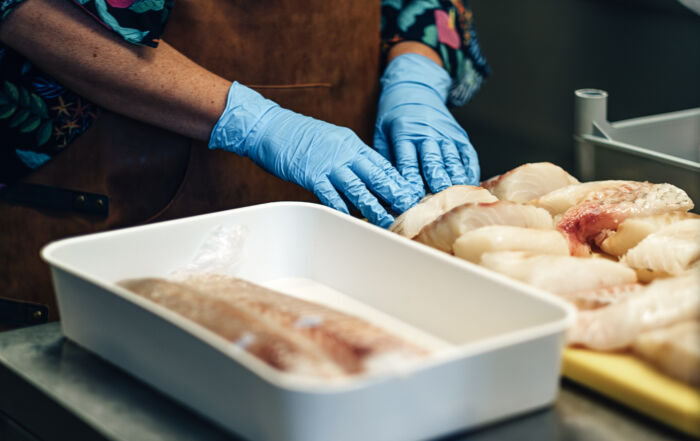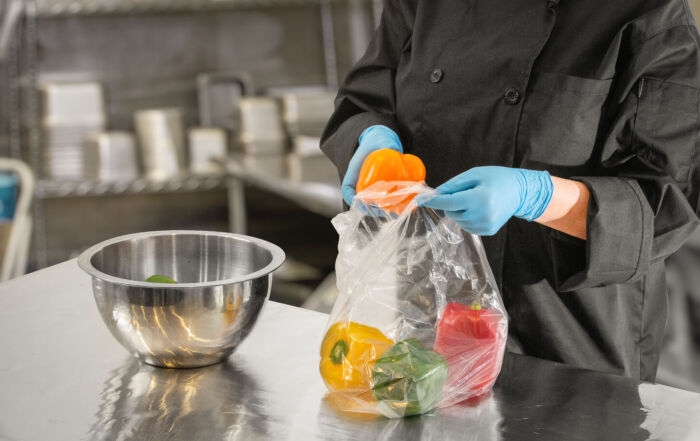What do successful grads think you should study?
Learn to think smart.
Etiam consectetur odio erat, quis mattis leo vestibulum non. Fusce ex ligula, tristique quis finibus sed, placerat sed libero. Phasellus convallis, sem ac tristique interdum, purus purus vehicula quam, ut fermentum sem orci in est. Aliquam leo purus, iaculis non condimentum hendrerit, vestibulum quis tortor. Vestibulum quis viverra felis. Vestibulum elementum magna ut diam placerat, in venenatis est egestas. Vivamus at libero auctor, ullamcorper libero condimentum, pellentesque nunc. In auctor dignissim tristique.
Follow your instincts
Aliquam fringilla molestie nisi ut porttitor. Maecenas viverra velit id cursus rhoncus. Mauris sit amet semper enim, quis hendrerit ex. Maecenas eu neque non lectus varius tristique sed ac tortor. Interdum et malesuada fames ac ante ipsum primis in faucibus. Integer accumsan tempus finibus. Class aptent taciti sociosqu ad litora torquent per conubia nostra, per inceptos himenaeos. Duis feugiat volutpat metus in elementum. Vestibulum accumsan diam augue, vel hendrerit nisi vestibulum non. Cras enim neque, aliquam nec placerat et, blandit in ex. Sed tristique diam sit amet felis volutpat, vel cursus dolor maximus.
Nulla a augue ipsum. Sed bibendum a eros vitae lobortis. Maecenas erat elit, ultrices id rutrum vitae, malesuada sit amet lectus. Lorem ipsum dolor sit amet, consectetur adipiscing elit. Proin tristique ut enim sed facilisis. Duis sollicitudin ultricies semper. Aenean posuere elementum arcu eget vestibulum. Nunc ac tristique mauris. Nulla a augue ipsum. Sed bibendum a eros vitae lobortis. Maecenas erat elit, ultrices id rutrum vitae, malesuada sit amet lectus.
“Sed tristique diam sit amet felis volutpat, vel cursus dolor maximus duis ultricies rutrum dolor et. Interdum et malesuada fames ac ante ipsum primis in faucibus. Integer accumsan tempus finibus.”
Donec vel urna risus. Curabitur placerat hendrerit nisl in fermentum. Suspendisse dui eros, sodales non vulputate at, lobortis ac mi. Vestibulum vel semper nulla. Praesent sodales pellentesque suscipit. Nullam vulputate viverra aliquam. Nunc at mauris vitae nisl ullamcorper maximus eget in purus. Cras auctor dolor et lacus vestibulum venenatis. Maecenas a bibendum velit. Donec at sapien erat. Nulla pulvinar elit sed justo gravida, nec fringilla.
“It must have been something I ate.” That’s the typical statement when a person develops some relatively minor symptoms from food. Maybe not severe enough to go to the doctor so you choose to tough it out without medical care. Sudden onset of flu-like symptoms such as onset of stomach cramps, diarrhea, vomiting and fever could possibly mean you are the victim of a foodborne illness. The illness is sometimes referred to as “food poisoning”, but it’s often misdiagnosed.
Who’s the Culprit? Foodborne illness has occurred when you are sick from eating food that has been contaminated with bacteria, viruses, parasites, or fungi. Causes of the symptoms vary greatly, but it may help to know that lots of misinformation exists via the customer route, the food service managers and crew, and even the medical professionals (if they haven’t had much specific training about foodborne illness).
The Best Investigators —In the food service industry, we never want to get a call from a customer with a foodborne illness claim. Prevention of such an incident is what food safety is all about. If the restaurant manager does get a call, you need to take it seriously and record the facts from the customer for further investigation. Many times the consumer does an incorrect self-diagnosis based upon the last meal that they ate at a restaurant – never from food out of their own refrigerator or from a meal eaten days before the illness symptoms show up. Health department professionals trained in food protection are the best source of helping to correctly diagnose a foodborne illness (contacted as soon as possible), provided the consumer has also contacted their doctor if they have acute symptoms.
The Common Foodborne Illness Myths:
1. Myth: Foodborne illness is caused by the last meal or food item eaten.
FACT: Foodborne illness can be caused by foods eaten a few hours to several days prior to your illness. A graphic point is that when symptoms show up, for example vomiting, you would throw up the last meal you ate, even though that is not the food that made you sick. In the case of the Hepatitis A virus, you may not have symptoms for up to 50 days. Can you remember what you ate for every meal up to a week ago, much less 50 days? It’s a tough task.
2. Myth: Foodborne illness is caused by eating foods from restaurants.
FACT: Bacteria and other pathogens (germs) can live and multiply in both the home and restaurant kitchens. Foodborne viruses are the very tiny hitchhikers that travel via fingertips and sometimes are airborne. Foods can be contaminated on counters, sinks, cutting boards, utensils, or via hands, resulting in a cause known as “cross-contamination”.
3. Myth: Foodborne illness is caused by food that has “gone bad”.
FACT: This is seldom t
4. Myth: It must have been the mayonnaise that made me sick. It was not refrigerated.
FACT: Commercial mayonnaise and most bottled salad dressings are what we call “acidified foods”. They are safe at room temperature even after opening, although most restaurants and the manufacturer want them refrigerated to preserve the freshest flavor. Mayo and salad dressings have an acid level low enough that they do not support growth of microorganisms, unless they are heavily contaminated by a dirty utensil or mixed with other foods changing the acidity level of the mixture (such as in potato salad). Mayo all by itself and unrefrigerated is perfectly safe.
5. Myth: Foodborne illness is easily diagnosed.
FACT: In order to make an accurate diagnosis, the ill person must give a history of the symptoms and the foods eaten within the last three days. A stool specimen is the most telling clinical sample and should be collected from the victim for lab testing to identify the organism. Other samples to be collected might be emesis (vomit), the suspect foods from the restaurant or home kitchen, any leftover food from the suspect meal, and sterile swabs of equipment or food workers skin or nasal passage. These samples are now like a fingerprint and organisms can be matched to one another or to other victims in many cases. On a more positive note for food service, they can also be used to clear a restaurant of being the cause. Viral foodborne outbreaks, such as the #1 leading foodborne enemy, the “Norovirus”, are also tougher to diagnose than bacterial illnesses and have an incubation time of 24 to 48 hours before the victim has symptoms. Infection rate for Norovirus is high, but is sometimes not reported so continues to spread.
6. Myth: All foodborne illnesses are the same
FACT: Foodborne illness is caused by many different organisms. For example, “Salmonella” has approximately 2000 identified types. The organism determines how long it takes for illness to occur, signs, symptoms and duration of the illness. The illness can vary from mild flu-like symptoms to very serious illness or even death if the victim is a high risk individual (children, elderly, pregnant women, people who are immune compromised or on certain medications).
***
About the Author: Lacie Thrall
Lacie Thrall comes to FoodHandler with a 35 year career in the field of food safety. She worked in regulatory environmental health for 17 years before joining FoodHandler in 1997 as the Director of Safety Management Services and now consults for FoodHandler. Her focus has been to train customers and the FoodHandler team in the perils of food safety. She provides expertise in the special niche of glove use and hand hygiene education for the food industry. Lacie resides in Mesa, AZ.
READ MORE POSTS
Your Guide to Approved Food Safety Training Programs in 2025
Early in my foodservice career, I persuaded the owners of the restaurants I managed to [...]
Thanksgiving Food Safety: Separating Fact from Fiction
Most blogs that I write are geared toward the foodservice professional preparing food in commercial [...]
Preventing Norovirus in your Foodservice Operation
Norovirus is one of the leading causes of vomiting and diarrhea in the United States, [...]
Safe Handling of Leftovers in Foodservice Operations
In any foodservice operation, leftovers are inevitable. After managing a family-style restaurant, where all-you-can eat [...]












